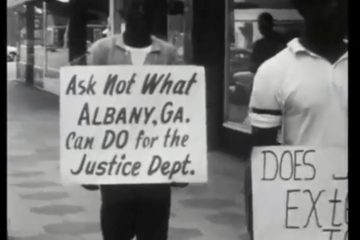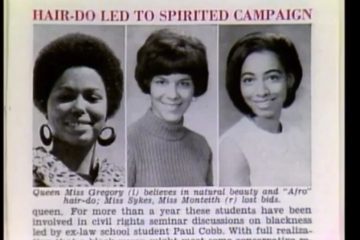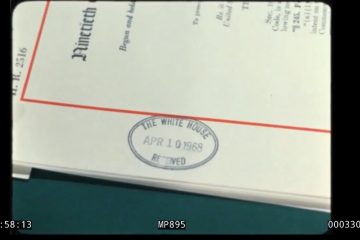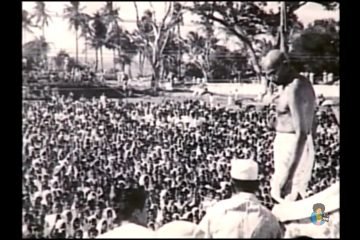How Civil Disobedience Helps Overcome Oppression: Part 7
“James Meredith Integrates a College in the South”
“Ask not what your country can do for you—ask what you can do for your country…”
A day after that historical 1960 John F. Kennedy inauguration quote, an inspired 27-year-old James Meredith took matters into his own hands and decided to enroll at the all-white University of Mississippi.
His goal was to force the federal government into a position to use the U.S. military to enforce his rights as a citizen.
Ever since the 1954 Brown v Board ruling that made school segregation unconstitutional, most colleges in the south took that as an attack on their “heritage” and refused to enroll Black students.
Meredith’s act in applying to the University of Mississippi was a major act of Civil Disobedience that violated southern customs at the time, and Mississippi and their Governor were determined to keep things as they were.
After being denied admission twice, Meredith sued and eventually won. He was to enroll at University of Mississippi (aka “Ole Miss”) in 1962.
And after a series of setbacks — including a riot now known as the “Ole Miss Riot of 1962” — Meredith eventually enrolled at Ole Miss.
Afterward, he graduated in Aug 1963 with a degree in Political Science, went to Nigeria and studied at the University of Ibadan, came back to the U.S. to get a law degree at Columbia University, started the 1966 “March against Fear” where civil rights leader Stokley Carmichael popularized the “Black Power” chant, ran for the U.S. Senate once, then became a Republican advisor for Jesse Helms (a segregationist).
He also supported a 1967 gubernatorial bid for Ross Barnett (the same governor that denied his enrollment) and supported the 1991 gubernatorial campaign of David Duke, a former grand-wizard of the KKK. His son also graduated top of his class at Ole Miss’ graduate business school in 2003.
An interesting man, indeed. But a major symbol that helped break down white supremacy in the 1960s that should never be forgotten.
View Part 8 here.
View Part 6 here.
—
**About this series:
We’re showing a multi-part series on how CIVIL DISOBEDIENCE has been the main catalyst that has overcome oppression in the U.S.













